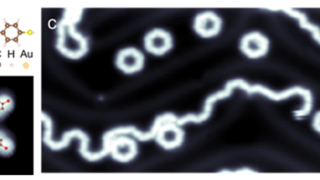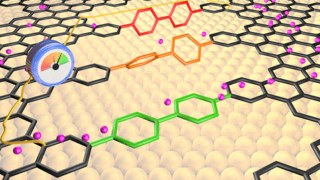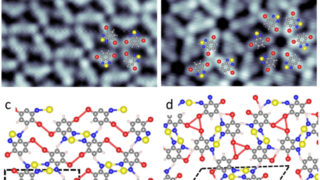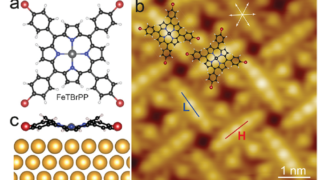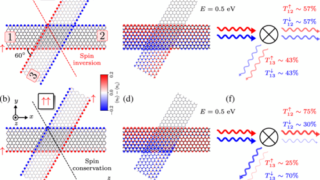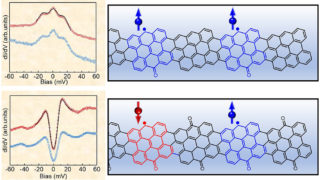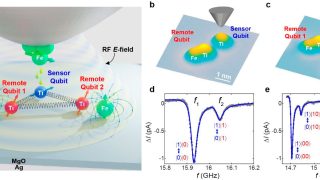
A new qubit platform, created atom by atom
An international research team has presented a new quantum platform based on the electron spin of single atoms on a solid surface, achieving a ‘multiple qubit (quantum bit)’ system using three electron spins. Unlike previous atomic quantum devices on surfaces where only a single qubit could be controlled, the researchers have successfully demonstrated the ability […]
